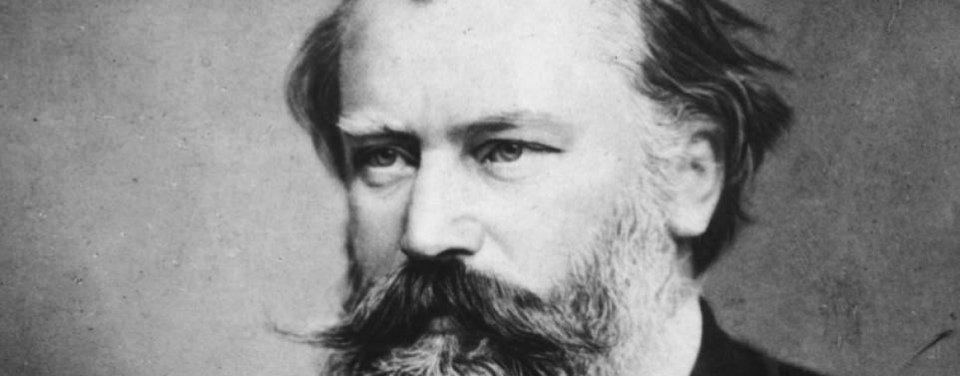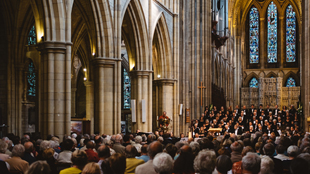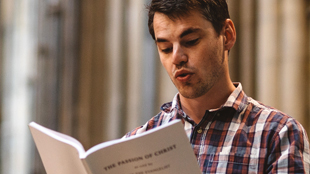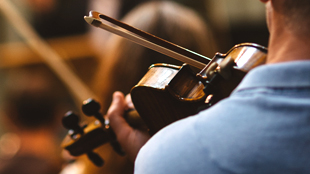Brahms and more Brahms! (You can't have too much of a good thing)
Monday 13th June, 2016
What a year it has been so far for Three Spires Singers! Since September, we've performed Verdi's Requiem with a huge orchestra and an awesome line-up of soloists; Handel's Messiah at St Endellion Church, with the period instruments of Devon Baroque and four incredible soloists; and during March a programme of Mozart, Haydn and Durante when the soprano soloist singing to my left had been on stage with a lead role at Covent Garden the previous evening!
The committee has decided to
push the boat out once again for our summer concert. This will feature Brahms' second
symphony and his German Requiem. The
second symphony, from 1877, is a desert island piece for me. I've known it for
most of my life and cannot tell you how much I'm looking forward to conducting
it. For me, it just "connects" in a way that only a very small number of pieces
do. A few notes of the "big tune" in the slow movement are enough to transport
me heavenward. As always with Brahms, the music is not just beautiful "in the
moment" (though it is easy simply to wallow in the exquisite orchestral
textures and sweeping tunes); its real power comes from the architecture. The
large-scale way Brahms allows his ideas to unfold is carefully controlled, and
one idea grows organically into the next. It is substantial music of the most
soul-nourishing kind from a truly great genius.
The German Requiem seems to divide opinion and I wonder if this is
because it does not set out to do what most requiems set out to do. Rather than
turning to the conventional texts of the Church, Brahms has bypassed them and
gone straight to the Bible to select odd verses from here and there that allow
him to craft his own message - a message of comfort to the living, rather
than a musical attempt to make sense of the Church's doctrine concerning
what happens when we die (in this respect, it's the opposite of Gerontius, not that that's a requiem of
course).
Most requiem settings are
intended for use within a Mass, so composers include the "set pieces" for that
particular service, such as the Sanctus and Agnus Dei which have to be sung at
the breaking of the bread. As a result, movements are usually fairly
self-contained and free-standing, with the intention that they are separated by
readings, prayers or other liturgy; singing them consecutively in a concert
performance is often not what the composer had in mind. Brahms is not
constrained by having to work within the liturgical context of a church service
and his requiem has a strong development of ideas across all seven movements.
He creates a vast canvas for a continuous narrative, a narrative that has a
human, rather than mystical, flavour. It's also a tour-de-force for the choir,
which is joined by soprano and bass soloists.
The summer concert is always a
box office risk for us and we are hoping this bold programming will attract a
good crowd - do please spread the word and I hope to see you there!
Christopher Gray, Director of
Three Spires Singers and Orchestra.




